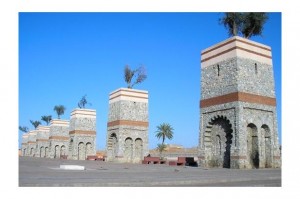Marrakech Saints and Zaouias, Your Morocco Tour Guide
December 9th, 2013
Marrakech has seven patron saints who were Sufi mystics and Islamic scholars who are said to look after the city and each has a zaouia which is a mausoleum where pilgrims and those wishing for the help of the Saint or Sidi can pray at his tomb. The larger zaouias…


